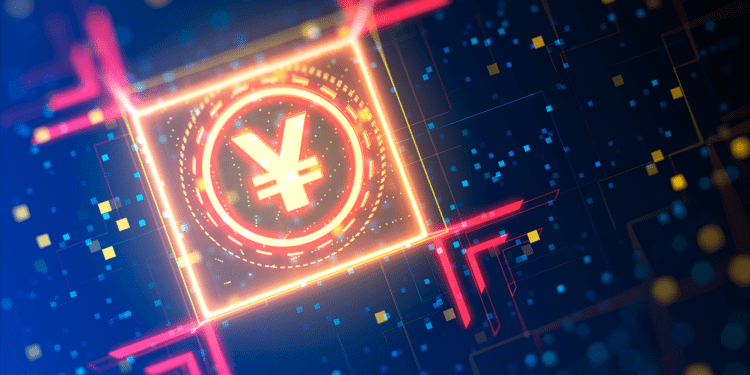- Japanese banks Tokyo Kiraboshi Financial Group, The Shikoku Bank, and Minna no Bank to experiment with stablecoin payment
- The banks plan on developing a stablecoin system that meets legal requirements
- The FSA will also lift the ban on foreign-issued stablecoins including Circle USD and Tether USD
Three of the top Japanese banks, Tokyo Kiraboshi Financial Group, Minna no Bank, and The Shikoku Bank, will participate in an experiment on stablecoin payments as the banks, in collaborating with GU technologies, work on creating a stablecoin system that satisfies legal standards.
Based on the press statement, the experiment is a proof-of-concept for the issuance of stablecoins in accordance with Japanese law requirements. The system used during this experiment was designed by GU technology, a web3 infrastructure company on the Japan Open Chain. This public blockchain is fully compatible with Ethereum and is legally acceptable in Japan.
Unlike algorithmic stablecoins or pseudo-stablecoins with no underlying assets, the experiment will use stablecoins backed by assets. The ultimate goal is to launch a legal and backed stablecoin. The announcement also stated:
“We will experiment to confirm that each bank can issue its stablecoin that can be used in Ethereum wallets such as MataMask while complying with the Payment Services Act.”
According to the release, among the use cases of this stablecoin is for the stablecoin to be issued as a community currency as well as a mechanism to facilitate web3 payments such as for NFTs. The stablecoins will also provide a new remittance and payment method between individuals and companies in Japan and worldwide. This advancement could replace the services of Zengin Net and SWIFT networks in the market.
The stablecoin is also expected to facilitate online payments as an alternative to credit cards while enabling the purchase and sale of digital assets over the blockchain. The issuers of the stablecoin will benefit from higher returns from settlement and exchange fees, as well as more investment income due to increased deposits. On the other hand, users will gain from the reduced settlement and remittance fees in addition to the ability to buy and sell other digital assets.
Japanese Crypto Development
This announcement comes a month before the Japan central bank digital currency (CBDC) pilot phase, which was set for April. Japan has steadily been warming up to crypto in its regulations and adopting digital assets such as stablecoins. As such, the executive director of the Bank of Japan, Shinichi Uchida, Japan, announced that it would begin the demonstration experiment to test the technical feasibility and receive input from stakeholders in the private industry to structure the CBDC ecosystem best.
Aside from that, Japan is also expected to lift the ban on foreign stablecoins, including the USDT and USDC, at some point this year, hoping that If payment using stablecoins spreads, international remittances may become faster and cheaper. This will allow local exchanges to conduct stablecoin trade subject to asset preservation through deposits and a remittance limit. In June, Japanese crypto exchanges can apply for a special license to trade stablecoins.














